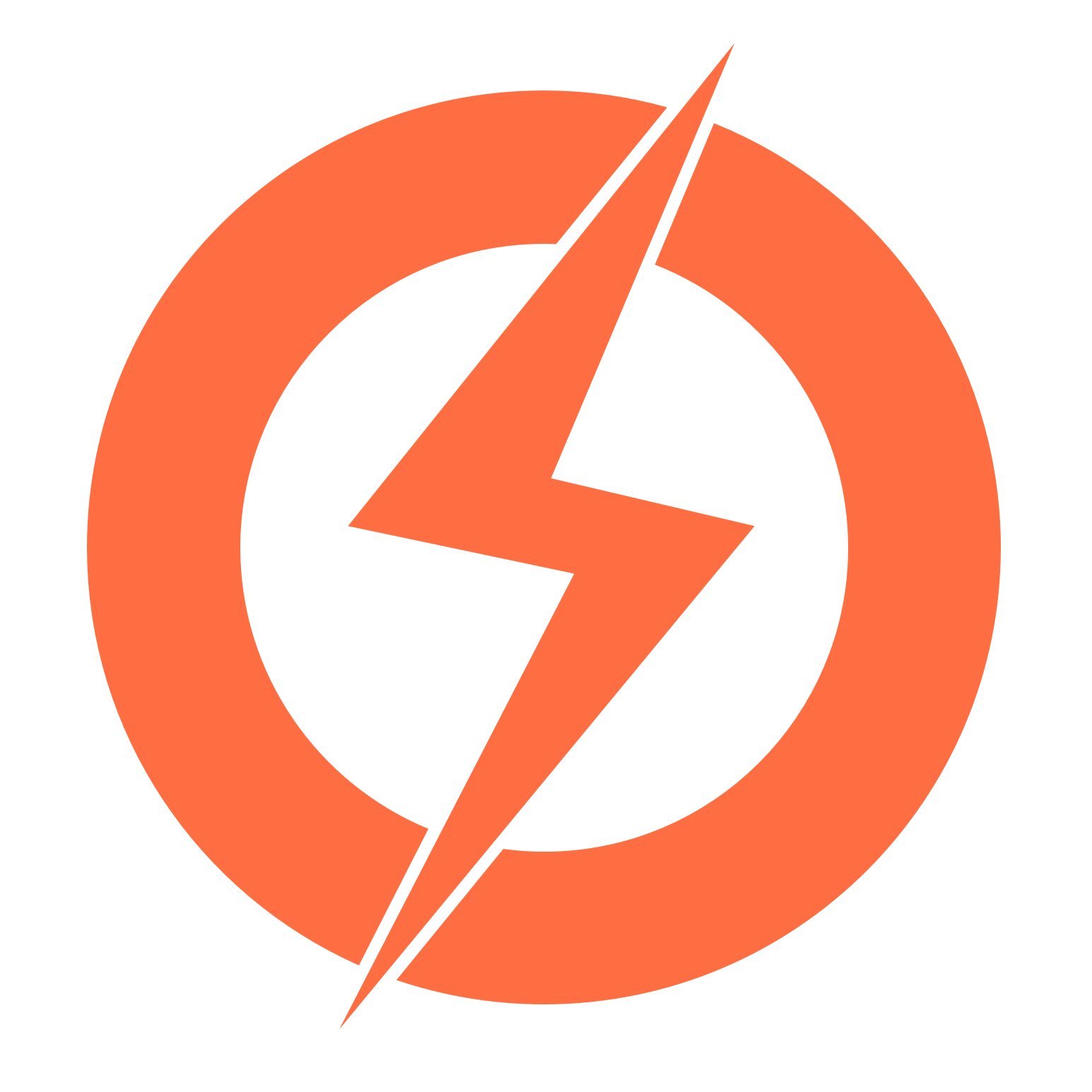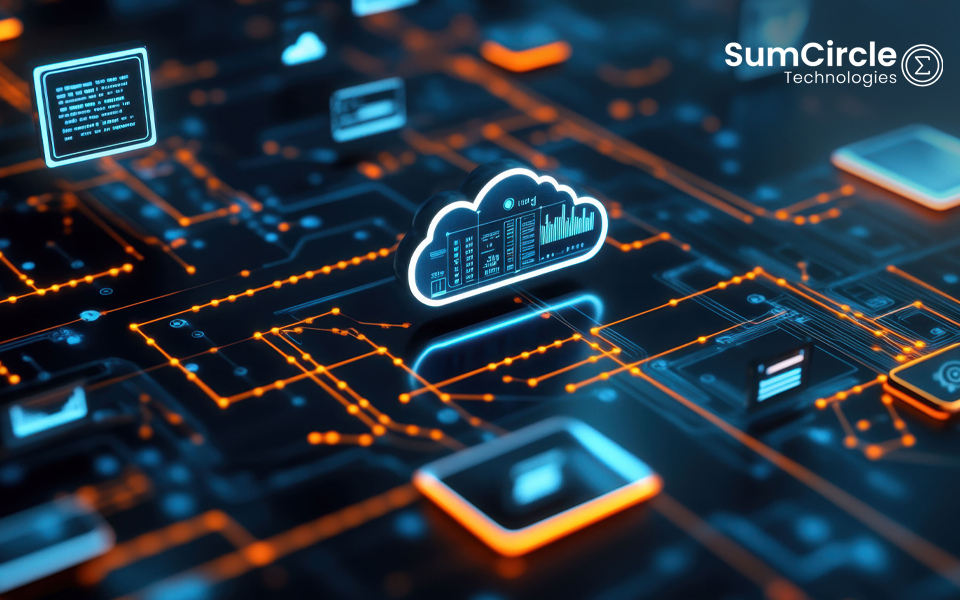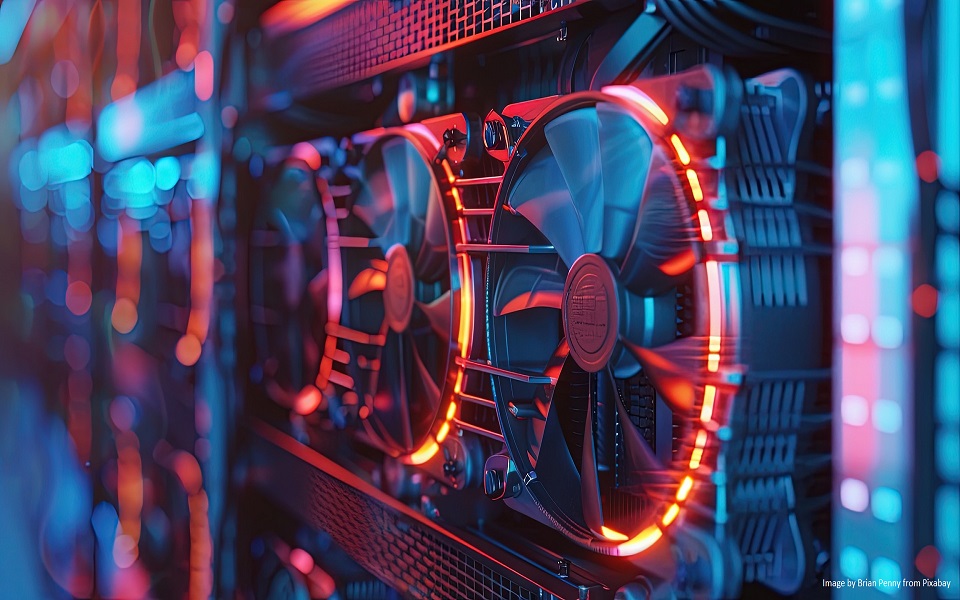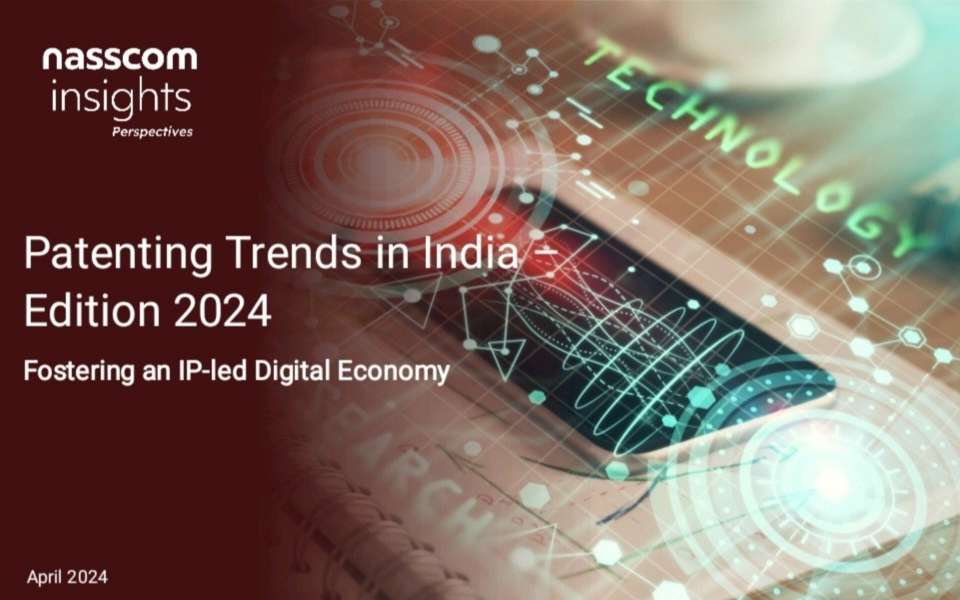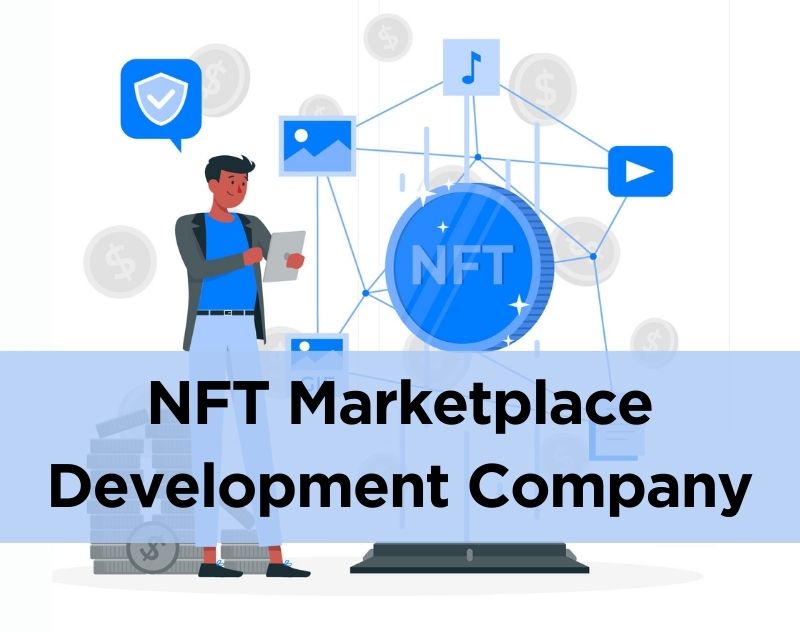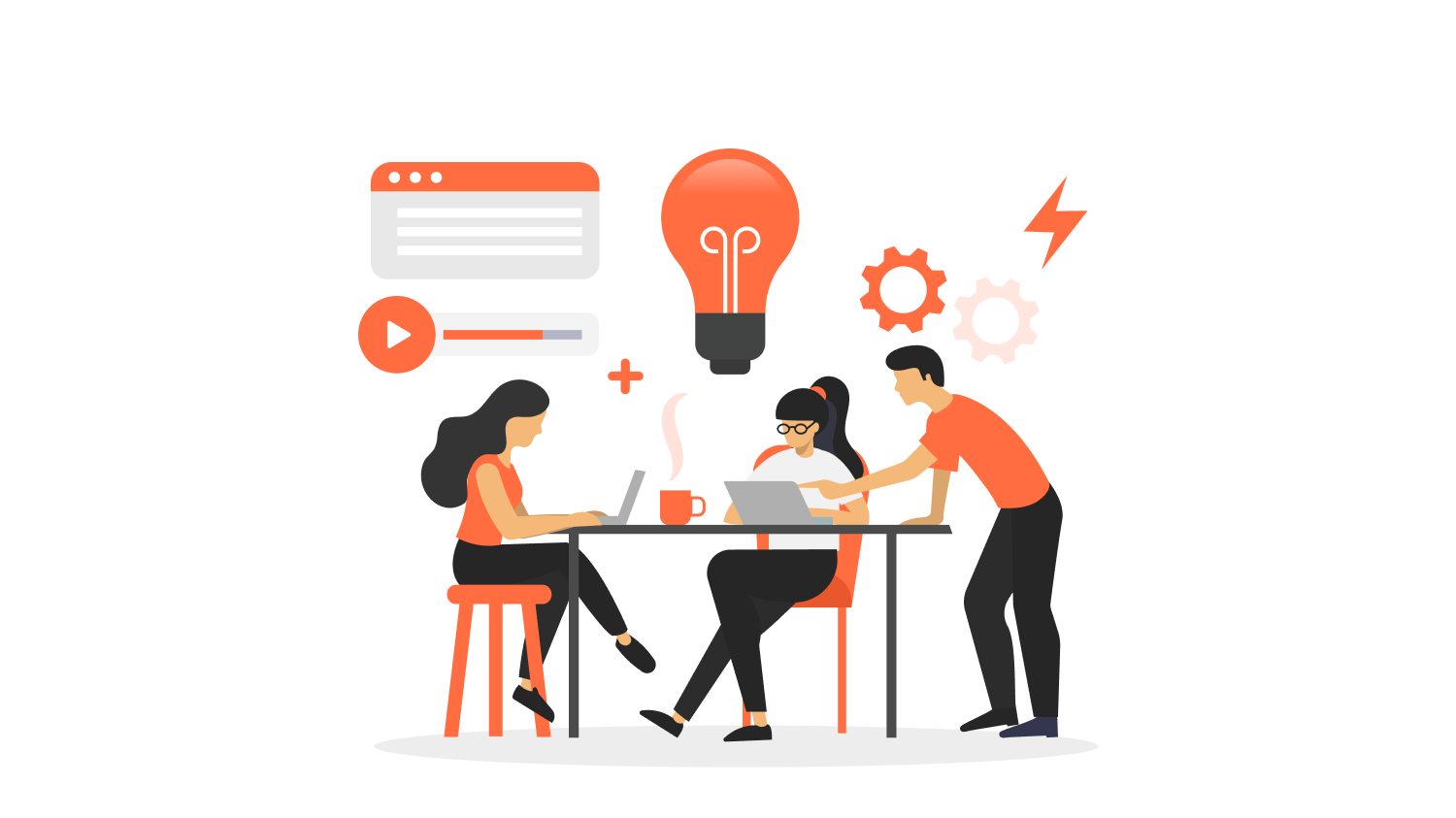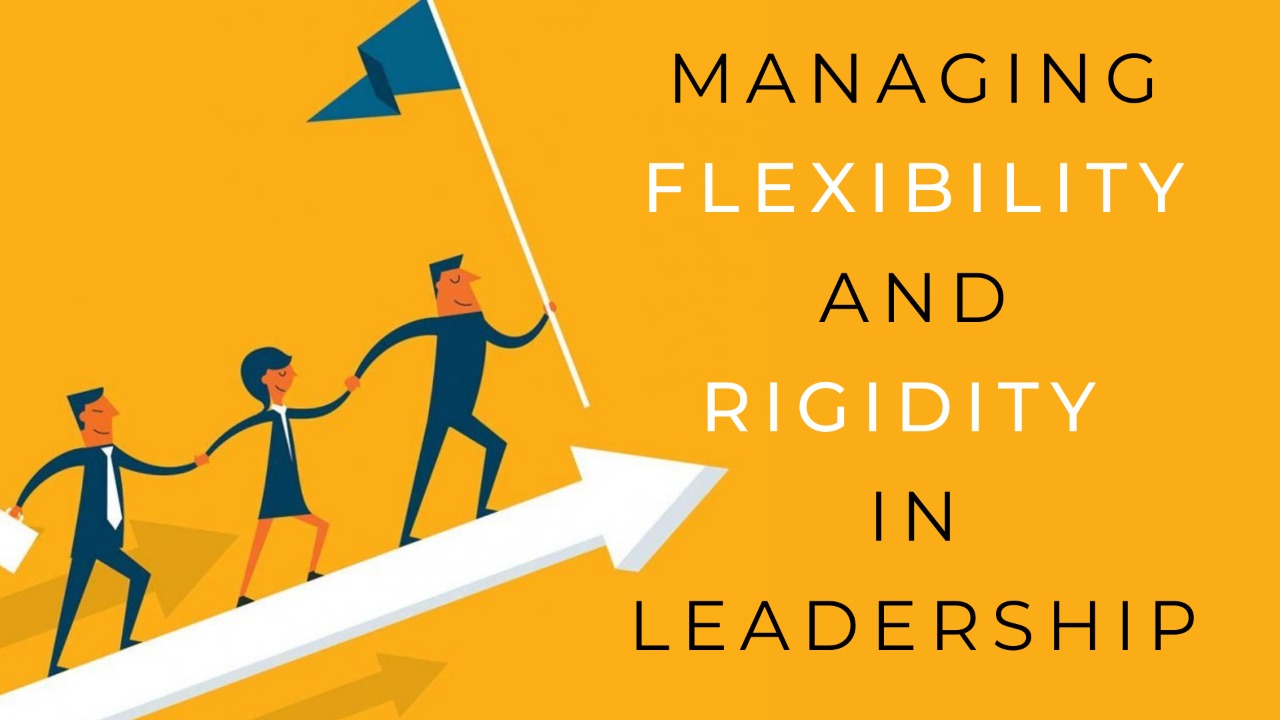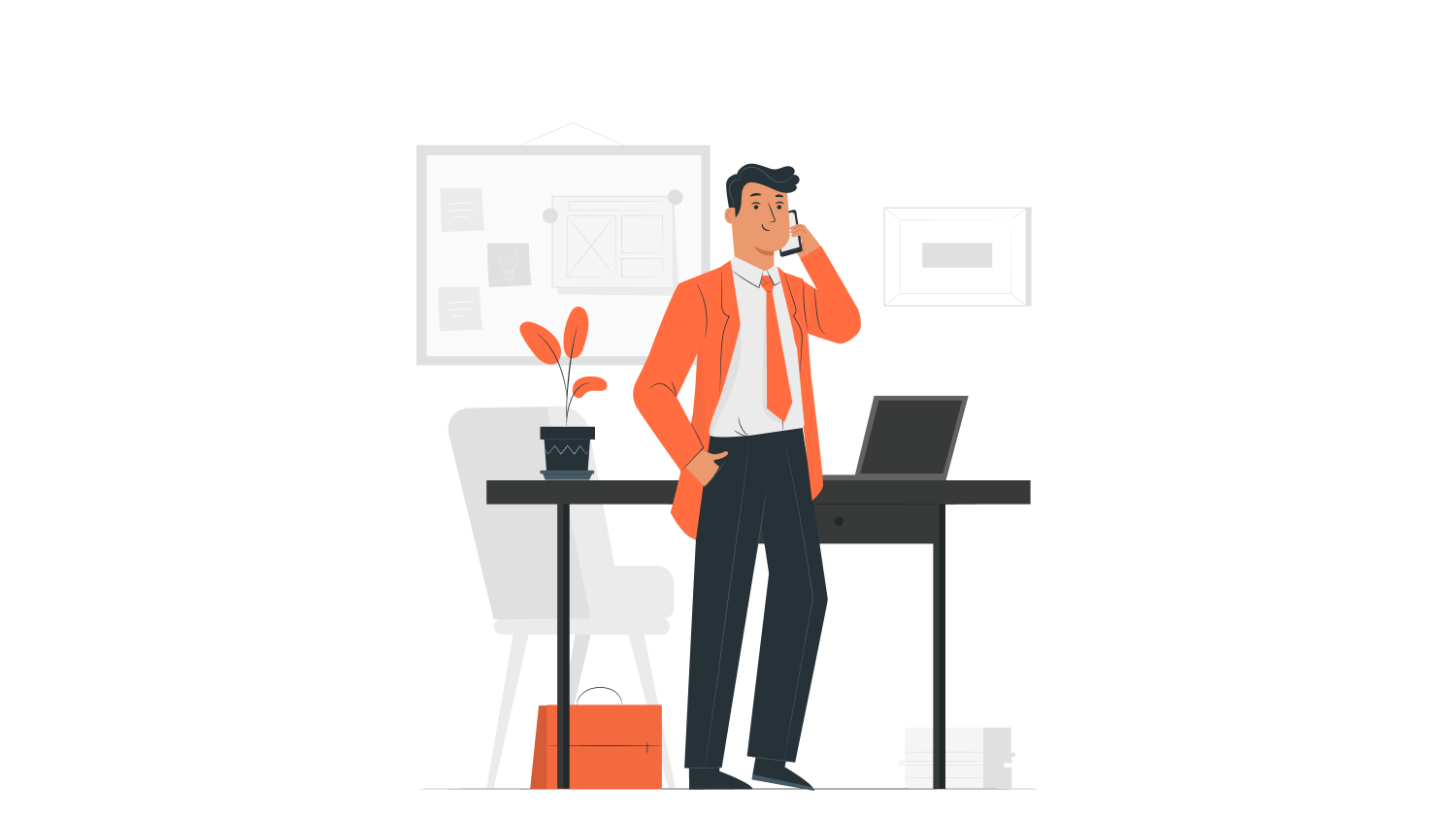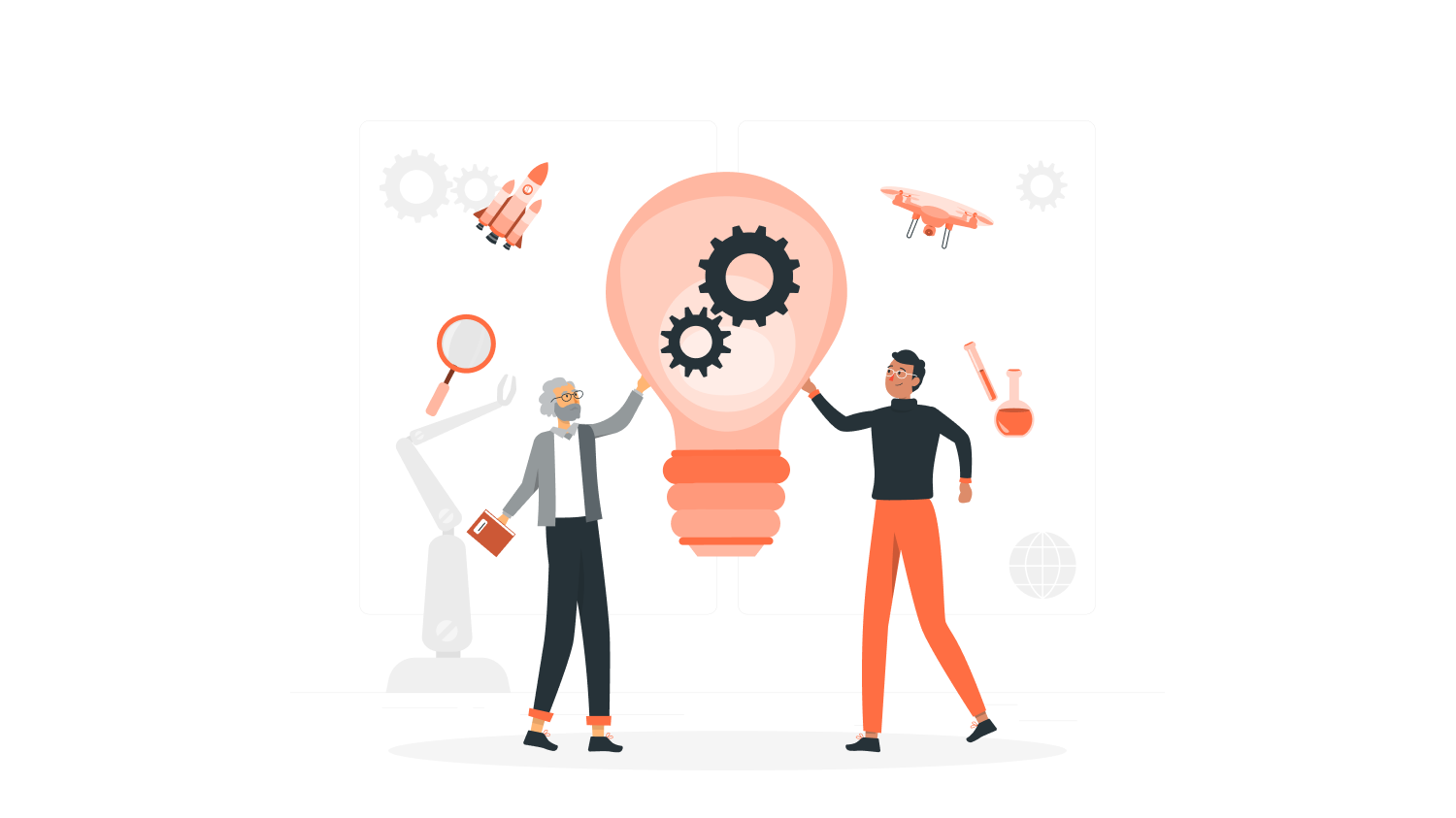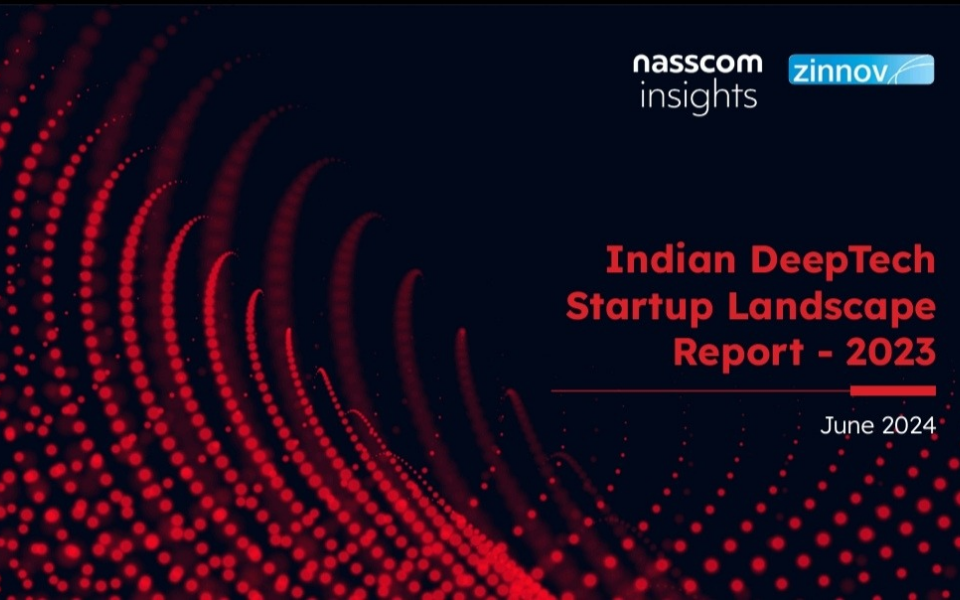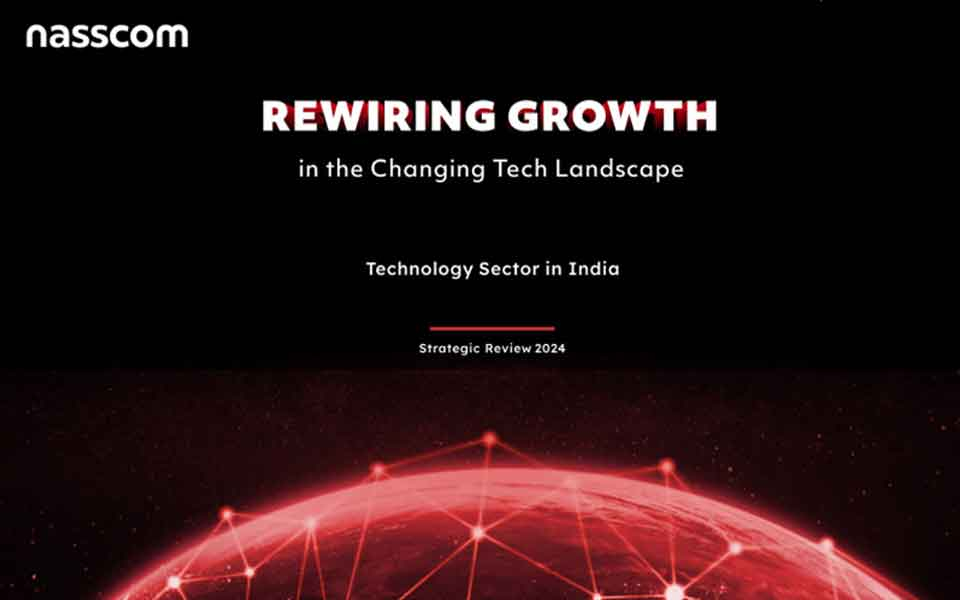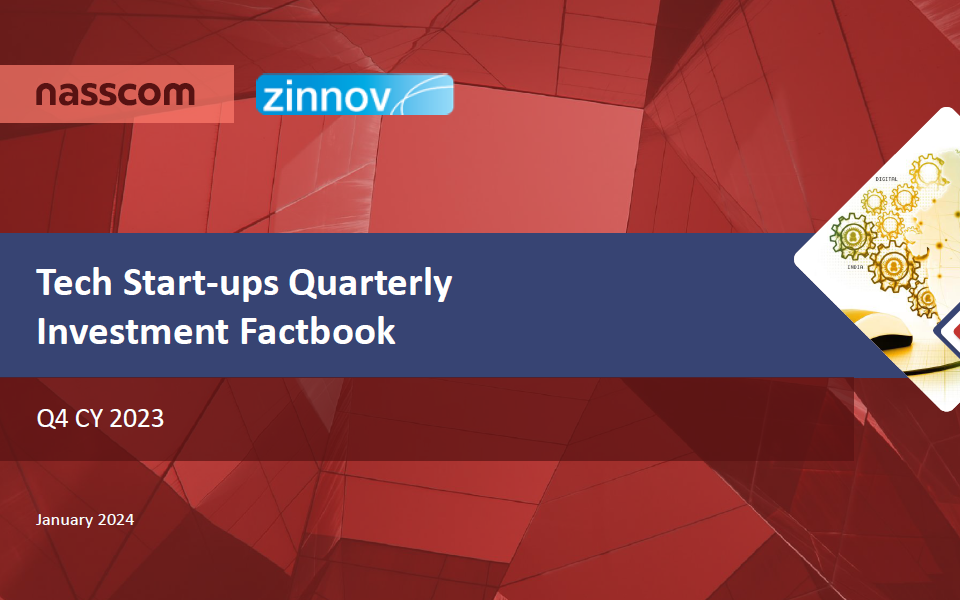Covid-19 had forced many industries to make lightning-fast changes. The Healthcare sector is one among them.
Even before 2020, the healthcare industry has been embracing technology at various levels, but the pandemic made it rely on technologies even more. The global health app market is supposed to hit a whopping $125 billion by 2028, which was only about $2.4 billion in 2017.
According to the report from HIMSS Future, 80% of the healthcare providers are willing to invest more in new technologies and digital solutions, over traditional methods.
Apart from Covid-19 related technology advancements in healthcare, ingestion of technology in other fields of healthcare like a diagnosis of diseases, early detection of genetic diseases and more are evolving fast.
In this blog, we will discuss the top 8 healthcare technology trends in 2022.
Let's get started.
Table of Contents
- Remote healthcare
- Internet of medical things (IoMT)
- Wearables
- Nanomedicine
- AI
- Virtual reality and Augmented reality
- Predictive analysis
- Bioprinting
What are some emerging technologies in healthcare?
The digital or software technologies that assist and helps the patients, physicians and the health organisations like hospitals and research institutes in various forms are healthcare technology.
In 2022 as the internet and technology are booming, numerous health technologies are emerging to assist both patients and healthcare providers.

1. Remote Healthcare
Remote healthcare is also known as telehealth. Telehealth is one of the current medical technologies used widely across the world.
With the help of telehealth, you can consult your doctor without getting out of your home, which is so beneficial for many groups of patients like aged patients, patients from rural areas and more.
In telehealth, the internet connects a physician with a patient through videoconference or any other streaming services.
There are many telehealth apps available in the market now. With the help of these apps, you can book an appointment, consult a doctor, add your medicine intake and record your medical details in it.
Apart from consultation, there are also many ways telehealth can be used.
- Location services
- Visit history
- Medical records
- Messaging with the patients
- Emergency care
- Getting reports based on the date range like monthly, yearly reports
The physician will be able to track the activities of their patients and provide the essential services when needed. Telehealth also reduces the cost of visiting a hospital and commute time.
Studies show that about 60% of the US citizens above 65 years are willing to have their treatment virtually for long term conditions. With a lot of demand, it is estimated that the telehealth industry will hit a market of 186 billion dollars.
Also, telehealth is beneficial to clinical trials where many people are involved. In clinical trials, companies use telehealth to record the patients' medical details, consult them, and analyse the data.
Many pharma companies opt for health apps and software to connect with their trial patients, and the demand is increasing year by year.
2. Internet of Medical Things (IoMT)
The internet of medical things is the group of internet-connected medical devices, hardware or software technologies connected through the internet.
When we connect a large number of medical devices to the internet, we can easily transmit and store a large amount of data.
A large amount of data can diagnose chronic or emergency conditions early.
There is also the possibility of IoMT like smart robot nurses, which the Italian hospitals already use to monitor the patient's blood pressure and SpO2 levels during the covid emergencies.
According to Deloitte, there are more than 500,000 IoMT devices available; some examples are:
- Smart beds
- Smart wearables
- Automated temperature readers
- Smart pills - Ingestible sensors or cameras
- Internet-connected inhaler delivery systems
It is predicted that IoMT will have a market of a whopping $1319 billion by 2026.
IoMT is significantly one of the emerging and promising healthcare technology trends for the future.
3. Nanomedicine
Nanomedicine is defined as the use of nanoparticles or nano-objects like nanorobots or any other nanoscale materials in the medical industry.
Nanomedicine is one of the most promising medical fields in future. Nanomedicine is so helpful in target drug injection and cancer treatment.
Organisations use Nanopill cameras to study the inner parts of the body. In the coming years, the use of nanotechnology in the medical field will only increase. The nanomedicine industry is predicted to hit a market of over 125 billion dollars by 2024.
4. Smart wearables

One of the important innovations and current medical technology is smart wearables.
Statistics show that 1 in 5 American people wear a fitness tracker. It is expected to grow to 1 in 3.
The use of smartwatches is increasing fast among every age group. There are many software companies like Apple, Samsung, Fitbit that are leading smart watchmakers.
Smartwatches and fitness trackers can:
- Track your daily activities
- Record your heartbeat
- Record your ECG reports
- Record your blood oxygen levels
The watches can measure blood oxygen levels and even help save lives because blood oxygen levels are crucial.
All the smartwatches use either Android or iOS apps to store the data.
Apart from fitness trackers and smartwatches, there are other smart wearables like smart bio patches, smart hearing aids that are also used in the healthcare industry.
Smart bio patches can monitor your blood vitals without a smartwatch.
By 2027, the global health wearable market is expected to hit $195.57 billion.
5. AI in healthcare
Artificial intelligence is everywhere, and it hits every industry possible. Implementing AI and ML(machine learning) has a number of advantages.
Making the robot do the work is not a new thing, but using it effectively in many micro areas of the healthcare industry will yield good results.
Here is the list of ways how AI has transformed the healthcare sector:
- AI plays a big part in developing the next generation radiology devices with automated prediction.
- AI will help expand health services to many under-developed and inaccessible regions. Artificial intelligence can help mitigate the works of many qualified professionals like nurses in recording and diagnostic duties.
- AI is widely used in the efficient diagnosis and reduces errors in diagnosis.
- With the help of AI, medical practitioners can detect cancer earlier.
- Managing and mining the medical data with AI.
Many pioneers are implementing AI in the medical industry; some of them are:
- Buoy health - Intelligent symptom tracker
- PathAI - Early detection of cancer with AI
- BenevolentAI - Using AI for discovering new medicines
The artificial intelligence market is predicted to reach a worth of
The artificial intelligence market is predicted to reach a worth of $120 billion by 2028.
6.Virtual reality and Augmented reality

Virtual Reality and Augmented Reality are helping healthcare professionals in many ways, from assisting in operations to training young professionals.
Using VR and AR technologies like Microsoft Hololens, surgeons can perform surgery using both hands more accurately. Other doctors can also wear the VR lens and provide valuable suggestions during the surgery.
Also, they help nurses to find the veins to target to draw blood. Augmented reality provides the same real-life experience, which the training doctors use for more practice and accuracy.
Augmented reality can also work through voice commands; when a surgeon is in operation, he can get messages related to the other patients and can send replies with the voice command without disturbing the surgery.
Implementing AI enhances the AR experience, but it needs a lot of software and hardware expertise to develop. But given the advantages, many companies are leveraging augmented reality and virtual reality for the healthcare industry.
The augmented and virtual reality market will hit $4997 million by 2023.
7. Predictive analysis
Predictive analytics is a method of providing improved patient care. By using the data and results of past patients, machine learning algorithms can be programmed to show insight to treat the upcoming patients.
Collecting the data from the many IoMT and implementing the AI and ML in the data analysis will provide and predict data and outcomes beforehand. A pattern will be created based on this huge chunk of data trends.
Some advantages of predictive analysis are:
- Improved patient care
- Faster diagnosis
- Quicker drug development
- Considerable relief for healthcare workers
- Enriched decision making in emergencies
8. Bioprinting
3D printing is not a new method for the healthcare industry. But in the future, it will be used extensively in more areas rather than surgery.
The advantages of bioprinting are:
- It makes complicated surgeries easier to perform
- Takes very little time for production
- More practice for the trainers
- More customisation from any other methods for external implants like artificial legs.
- Cost-effective
Conclusion
These 8 are the best healthcare technology trends that will change the face of the healthcare industry.
Top software companies like Amazon, Apple, Microsoft are investing in healthcare technology. The complexity of product development makes healthcare software a domain with comparatively low competition.
So, now is the best time to invest in healthcare technology or develop healthcare-related products. If you want to build a winning industry-specific healthcare product, know the most important features needed when developing a healthcare app.





